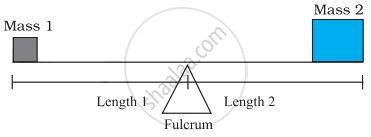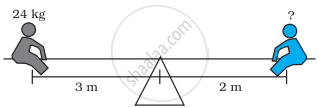Advertisements
Advertisements
Question
If 2x – 1, 5x – 6, 6x + 2 and 15x – 9 are in proportion, find the value of x.
Solution
∵ 2x – 1, 5x – 6, 6x + 2 and 15x – 9 are in proportion.
then (2x – 1) (15x – 9) = (5x – 6) (6x + 2)
⇒ 30x2 – 18x – 15x + 9
⇒ 30x2 + 10x – 36 - 12
⇒ 30x2 – 33x + 9 = 30x2 – 26x – 12
⇒ 30x2 – 33x – 30x2 + 26x = –12 – 9
⇒ –7 = –21
∴ x = `(-21)/(-7)` = 3
Hence x = 3.
APPEARS IN
RELATED QUESTIONS
If x, y, z are in continued proportion, prove that `(x + y)^2/(y + z)^2 = x/z`
If x2, 4 and 9 are in continued proportion, find x.
Find the fourth proportion to the following:
3,5 and 15
What number must be added to each of the numbers 16, 26 and 40 so that the resulting numbers may be in continued proportion?
Determine if the following ratio form a proportion:
25 cm : 1 m and Rs 40 : Rs 160
A car travels 195 km in 3 hours.
(i) How long will it take to travel 520 km?
(ii) How far will it travel in 7 hours at the same speed?
If a + c = mb and `(1)/b + (1)/d = m/c`, prove that a, b, c and d are in proportion.
If a, b, c and d are in proportion, prove that: (a4 + c4) : (b4 + d4) = a2 c2 : b2 d2.
Find two numbers whose mean proportional is 16 and the third proportional is 128.
Unequal masses will not balance on a fulcrum if they are at equal distance from it; one side will go up and the other side will go down.
Unequal masses will balance when the following proportion is true:
`("mass"1)/("length"2) = ("mass"2)/("length"1)`

Two children can be balanced on a seesaw when
`("mass"1)/("length"2) = ("mass"2)/("length"1)`. The child on the left and child on the right are balanced. What is the mass of the child on the right?

